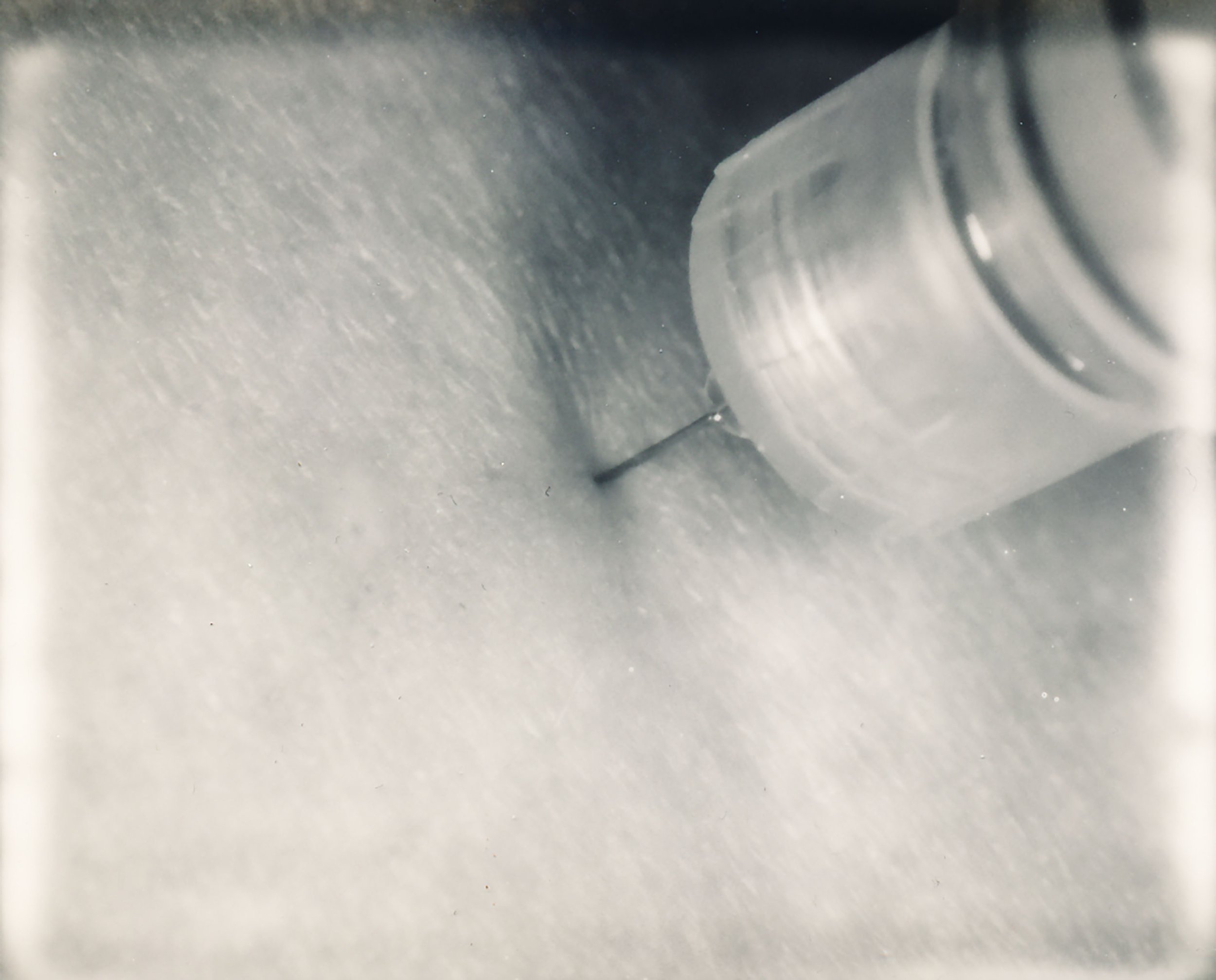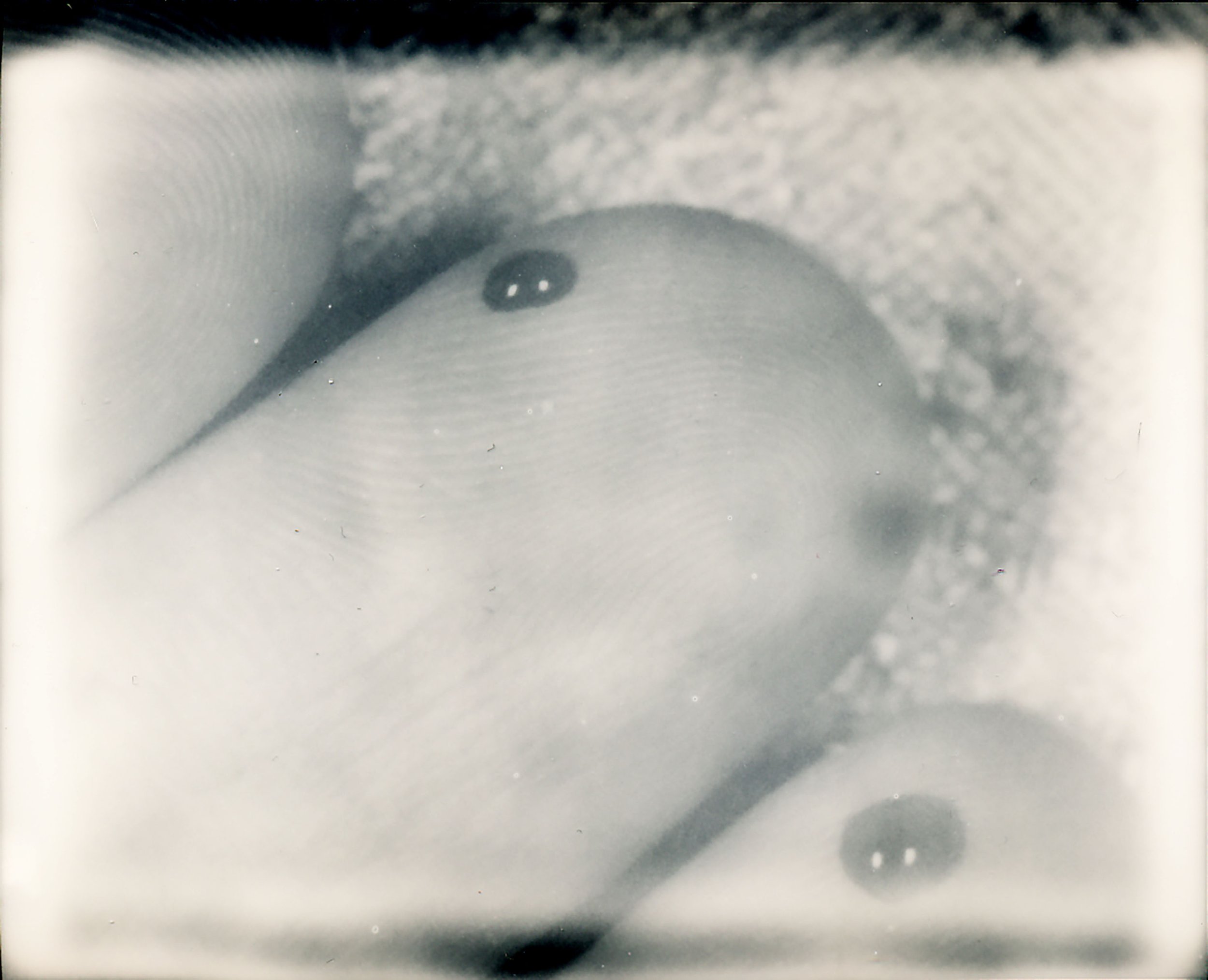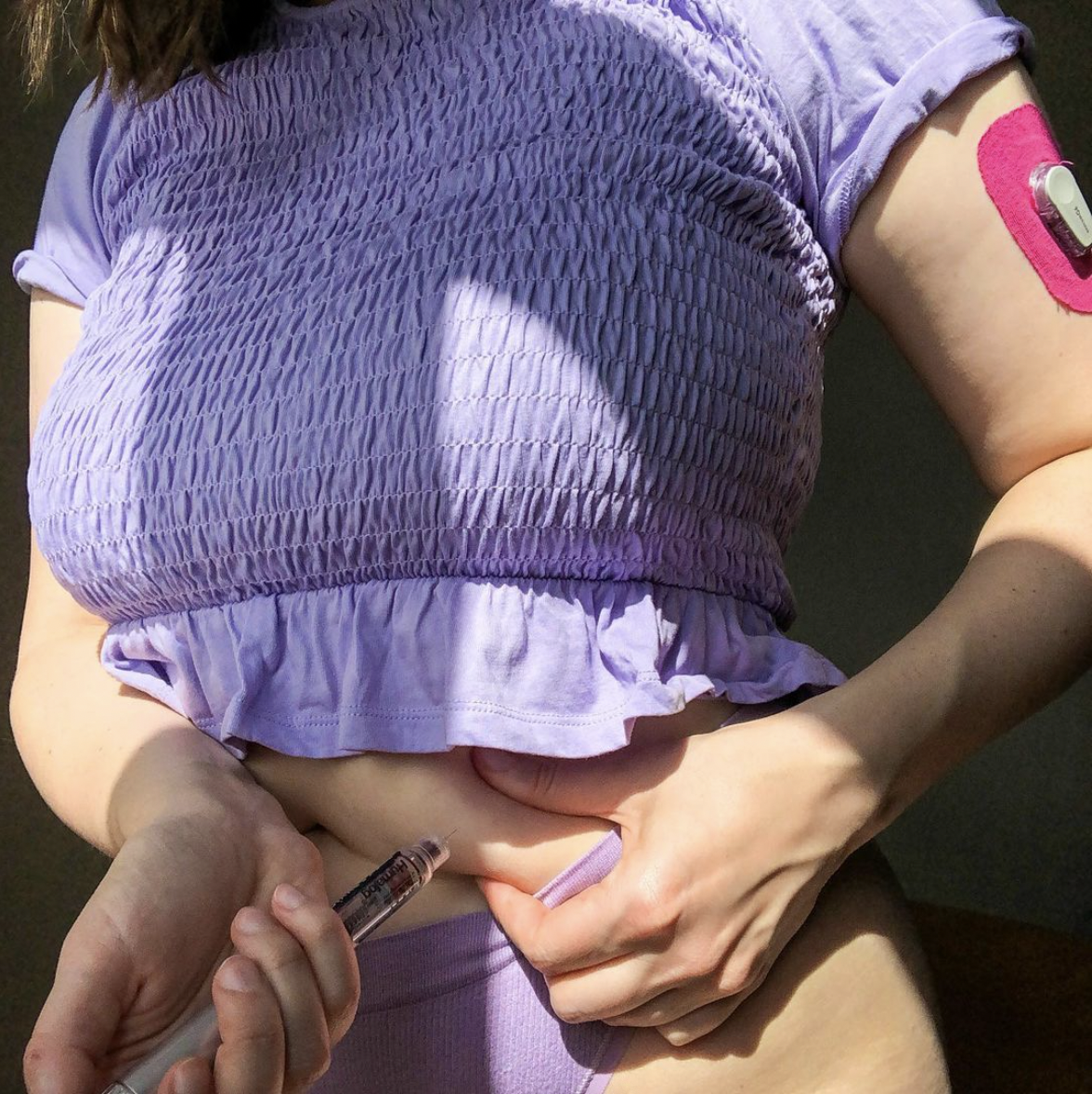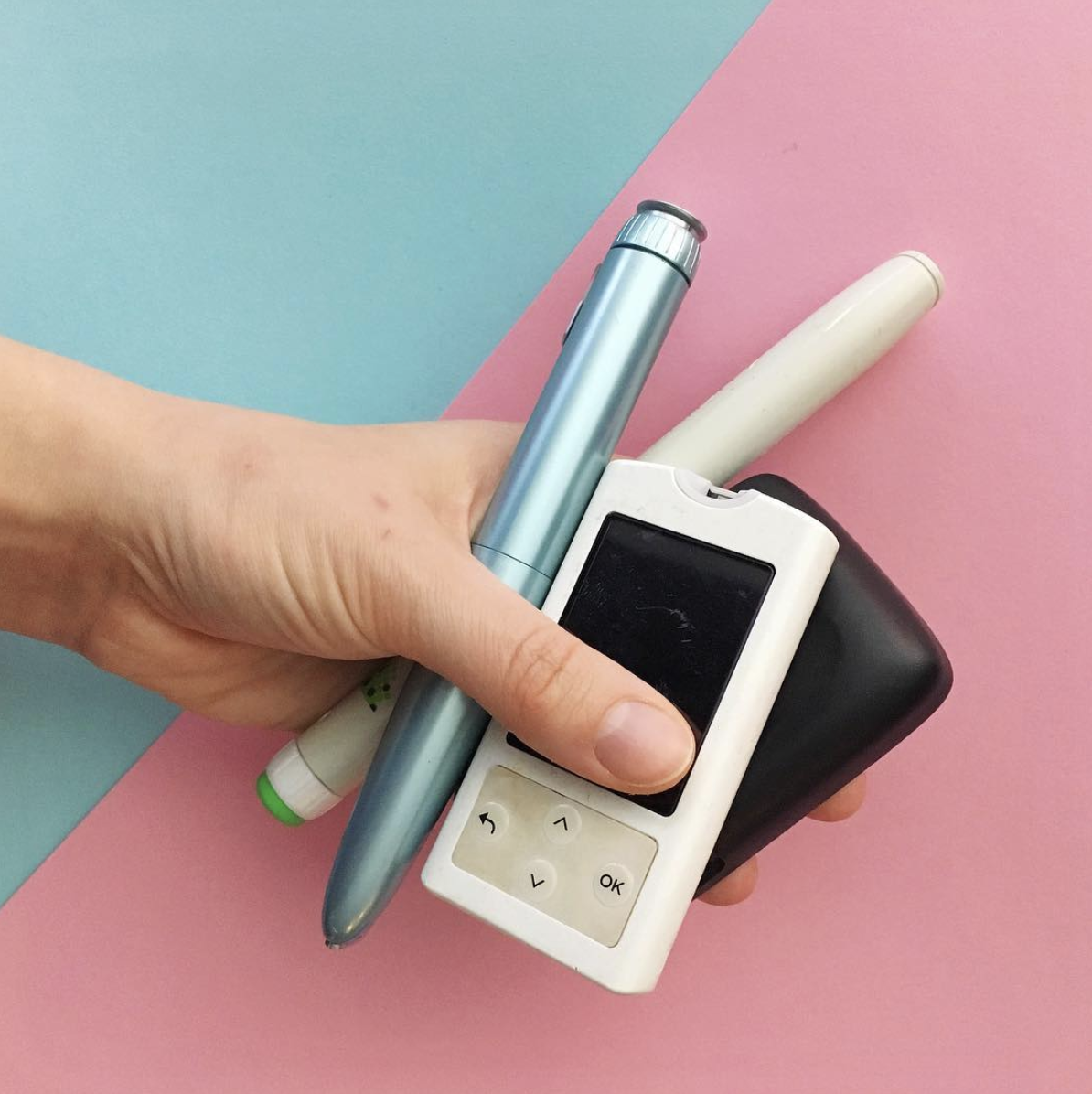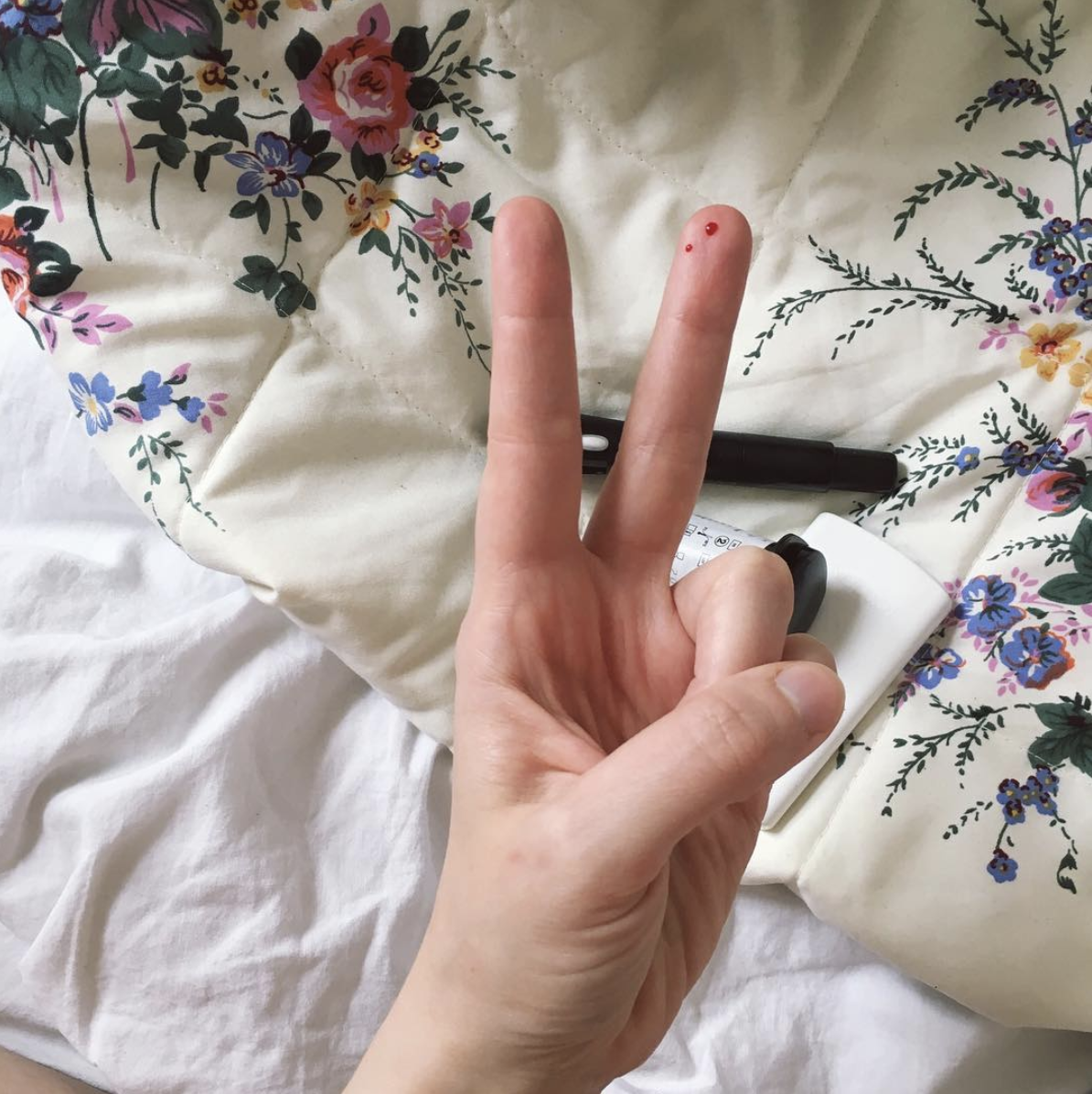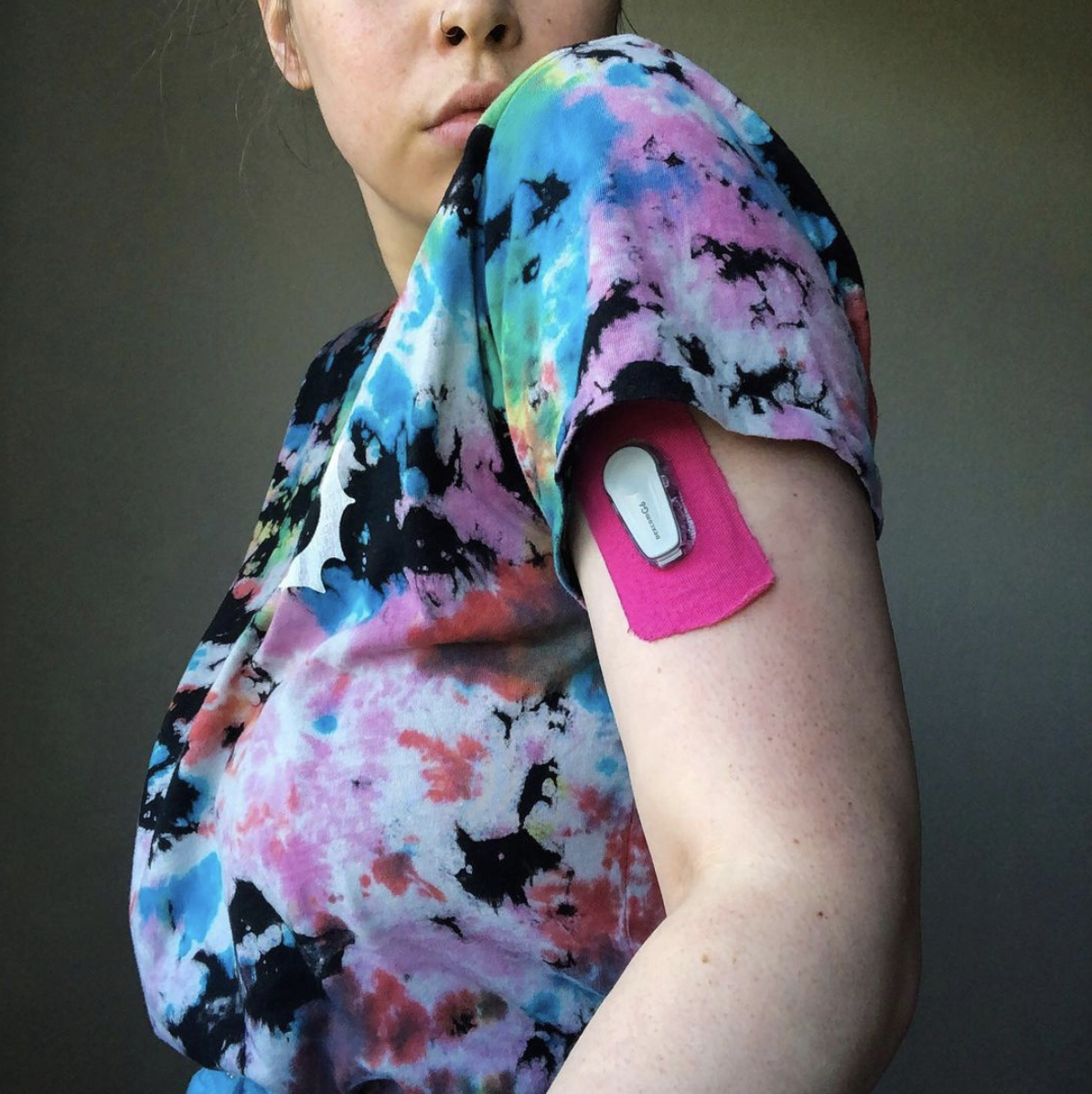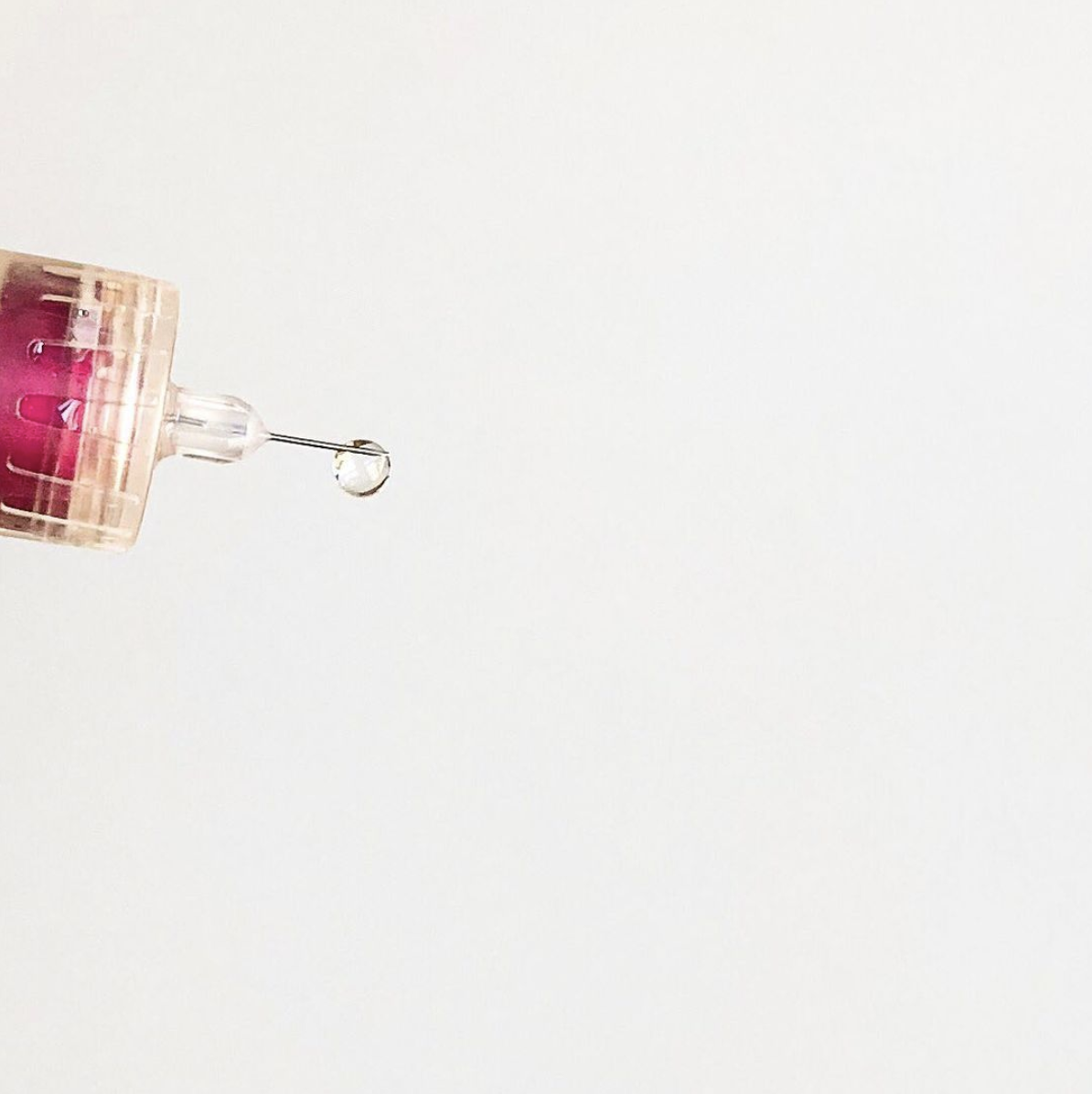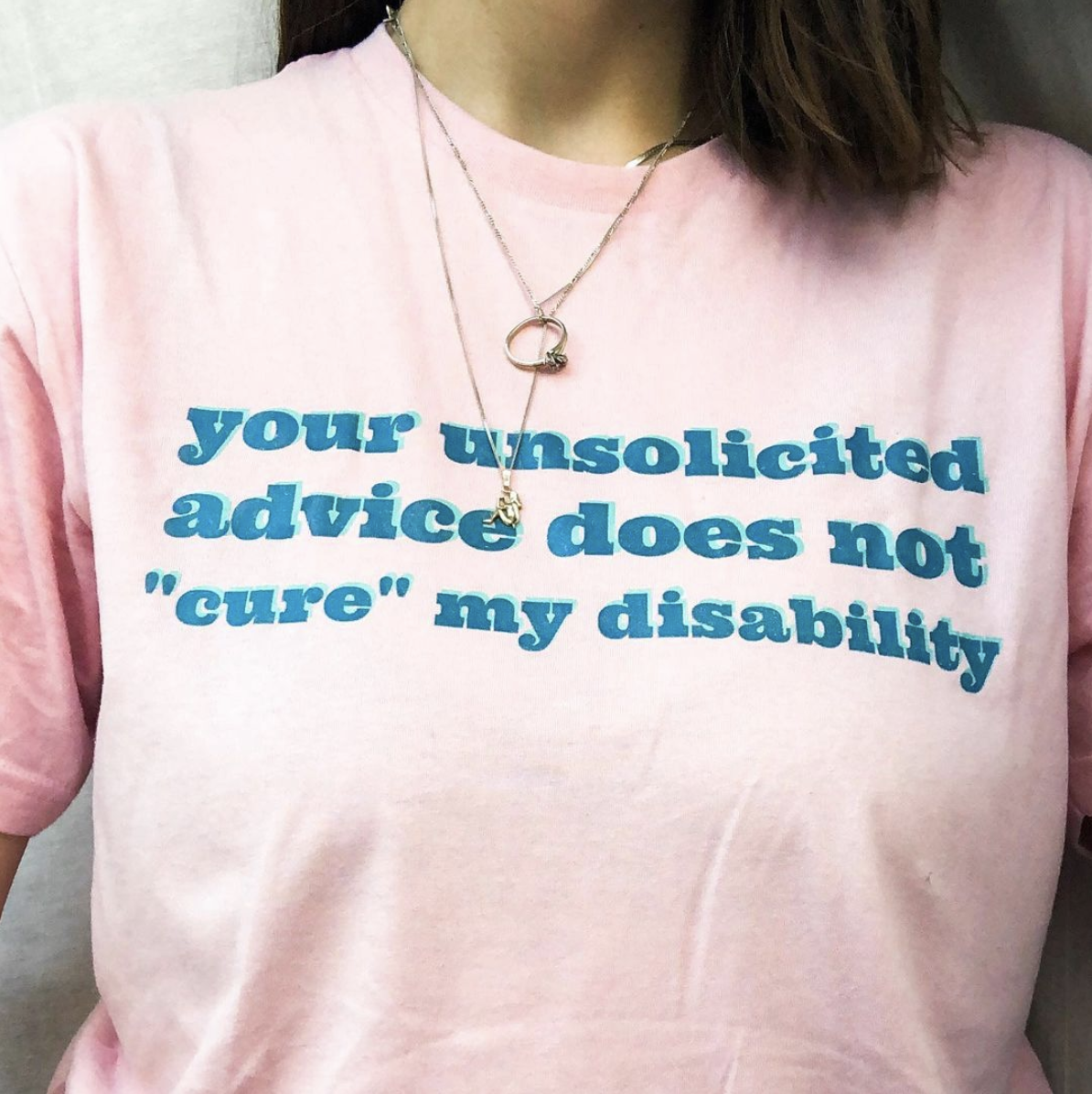Groundhog Day, but sick edition
A chronic condition* rarely comes unaccompanied. To navigate day-to-day life with multiple chronic conditions can be tough; adding a heavy mental and physical load to every experience, especially during a global pandemic.
⚠️Trigger warning: This article contains photos of syringes and blood.
Groundhog Day
a situation in which events that have happened before happen again, in what seems to be exactly the same way: “Once again, we had an agreement, we all shook hands, and once again they came back and said no. I guess this is Groundhog Day.” (source: Cambridge Dictionary)
*Chronic conditions (Chronically Ill)
Chronic diseases are conditions that produce long developing or long lasting syndromes.
My alarm goes off at 7:50 a.m. Another day in the life of someone living with chronic conditions. I take a look at my phone to check the nightly history of my blood glucose values. I am still shaky from the night before and try to soften my forehead, unclench my jaw. A low blood glucose alarm on my phone woke me up at 4:32 a.m. My body is aching more than yesterday, my head is feeling heavy. I get up, drink some water. While brushing my teeth, I'm thinking of what to wear today. I need something to pick me up. So, I reach for a pair of bright red pants and a pink sweater to go with it. Some bold earrings always make me feel a little better, so I grab my lemon slice earrings and put them on.
Blood Glucose Values:
Through food, our body absorbs sugar in the form of glucose, which enters the bloodstream. With the help of the hormone insulin, glucose is absorbed into the body's cells and liver, where it serves as an energy source for cell and muscle activity. The system keeps the blood levels at a constant level. The interplay of food intake, absorption and energy burning keeps the blood sugar at a constant level.
Low Alarm or Glucose Level Alarm:
This is a device that is worn around the wrist, ankle, or biceps by people with diabetes, whose blood glucose has begun to trend downwards. The device tracks the glucose level during that night and sets off an alarm if the blood sugar reaches a dangerous low.
Time for a coffee
It is 9:20 a.m. Being chronically ill means waking up in and taking care of the same sick body every single day. It repeats itself over and over again, but with changing results and symptoms. Today, this cup of dark black coffee makes my glucose levels spike so high. While yesterday, it didn’t do anything. I still haven’t figured it out, and I don’t know if I ever will. Every day I wake up, realising that I am, in fact, still chronically ill. It is a full-time job without any days off, without a salary. Studies even show that due to my conditions, I have to make up to an extra 180 health-related decisions every single day. That’s a lot of added mental load, and time lost to it. Groundhog Day, but the sick edition. I can’t ignore it, because then I would die.
11:45 a.m. Being chronically ill means that most of the time I have to deal with it on my own. My doctors and health care professionals can only help me so much. Thus, finding kindred spirits to help and listen to each other is so important. Surrounding myself with people who understand me, because they are living through the exact same thing can be a great gift. Sometimes, a simple, understanding nod means so, so much. And I am grateful to have found this.
1:31 p.m. Being chronically ill means that over time I got better at communicating with healthcare professionals. It got easier explaining myself and my body over time. But I also started becoming bored by their repeated questions and answers. Being chronically ill means I actually am the expert of my own condition(s). At the same time, being chronically ill means writing down lists before each appointment to not forget a thing, nervously asking questions and preparing for the possibility of not getting a satisfying answer.
Insulin and Diabetes
People living with diabetes have a lack of insulin or a lack of insulin receptors/sensitivity in the body. There are many different types of diabetes, with Type 1 and Type 2 as the most common forms. For Type 1 Diabetes, Insulin has to be injected many times a day, the amounts being in accordance with the food consumed and over 40 other factors that can affect the blood glucose levels like stress, lack of sleep, amount and intensity of exercise, or caffeine. Insulin regulates the blood sugar levels and prevents hyperglycemia (over-sugaring), but can also cause hypoglycemia (under-sugaring), which both come with a variety of different (life-threatening) symptoms.
Lunch Time Low
2:58 p.m. Beep! Another low alarm from my blood glucose monitoring sensor. I need to chug down orange juice like it’s no big deal, to get my blood glucose levels up again, fast. I somehow felt that my levels were low, but I was trying to concentrate on something else too much, which I now have to put on hold.
Being chronically ill means that I see people from the community die every day. It means I am learning each day about the inequity of healthcare and treatment in this world, as not everyone is getting the same access to healthcare they need. It means I am feeling helpless but have to learn to live with this unsettling feeling. It means I am understanding my privilege. It means I don‘t have to spend all my salary each month on medication in order to continue living. It means I am collecting donations and supporting projects whenever I can. And sometimes, I will find myself hoarding life-saving medication in the fridge out of anxiety. Because there are real shortages happening right now.
4:43 p.m. Being chronically ill also means I am fighting the stigma that comes with it every day.
It means I am educating people for free and explaining my condition(s) over and over again, even though they have hurt me with their statements. It means I am advocating for change, even though I never signed up to become an advocate. It means yes, I can live with it, I can grow old with it, but it still dominates my day-to-day experience of life in a big way. It also means I am using up lots of energy while trying to not get fully absorbed by it on the bad days, when it feels like I am nothing else but chronically ill. It means I am constantly feeling like I am letting my body down, not doing enough. Being sick is a part of me. But I am also so many other things, and I want to be able to live out all these parts of myself. Sometimes it is hard to acknowledge this, especially when living through over 20 months of a global pandemic, where it feels like society doesn‘t care about the future of its most vulnerable.
I have made it through another day
7:59 p.m.
I have made it through another day and am waiting for my high blood sugars to finally come down. My mouth feels dry and my eyes are heavy. On some days, living with chronic conditions feels like I am living a weird incognito double life where I do all those things, work hard, live a life, while invisibly taking care of the sick body I am in 24/7, and I am tired.
Bibliography and further reading
SICK Magazine Issue 3, Essay by Chaya Rusk, “Whose „normal“ are we getting back to?“, 2021
SICK Magazine Issue 3, Essay by Polly Atkin, „Chronicity“, 2021,
Disability Visibility, edited by Alice Wong, 2020
Bed zine Issue 1, 2021
I'm a queerfeminist cyborg, that's okay: Gedankensammlung zu Anti/Ableismus, Mika Murstein, 2018

